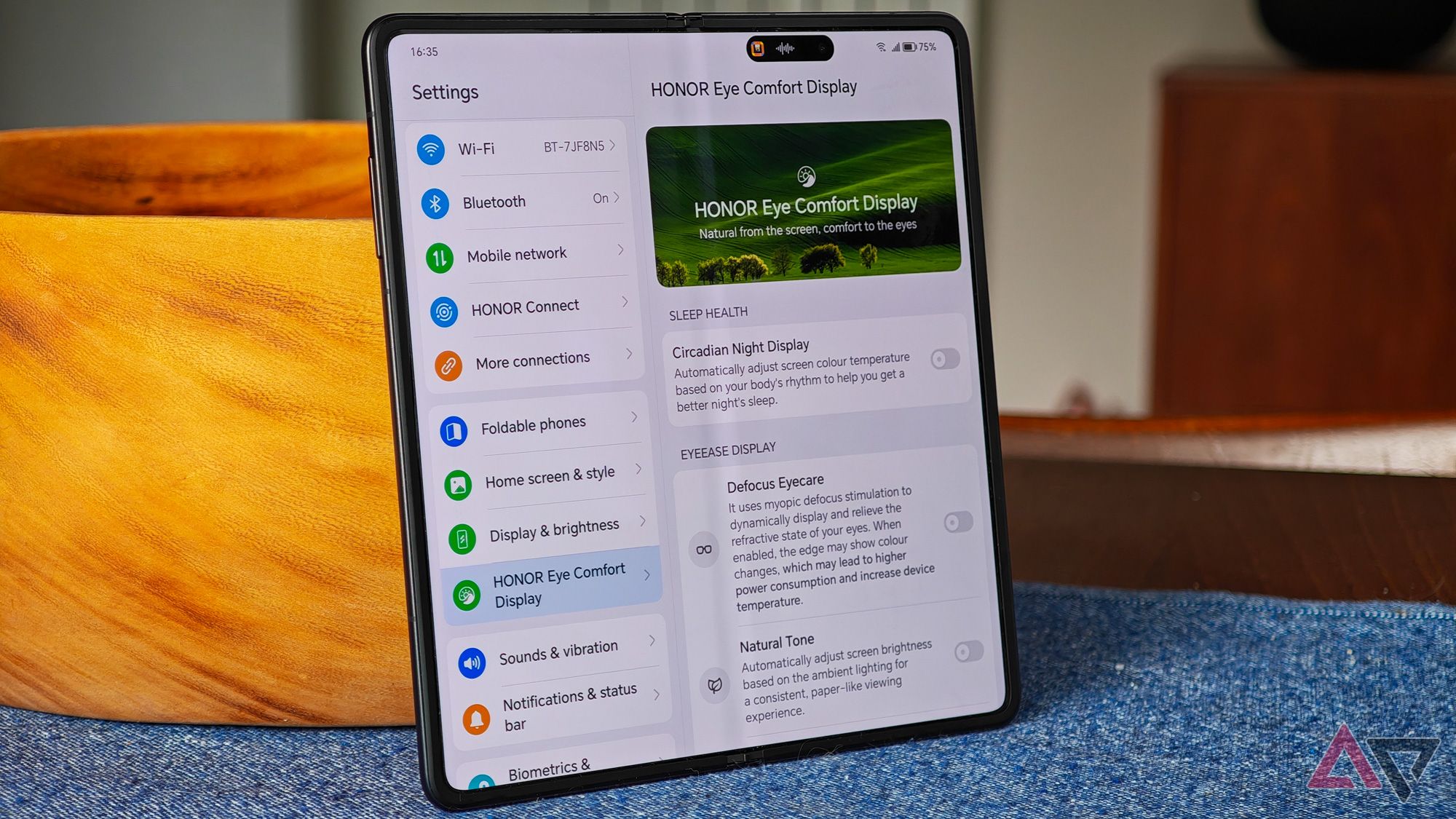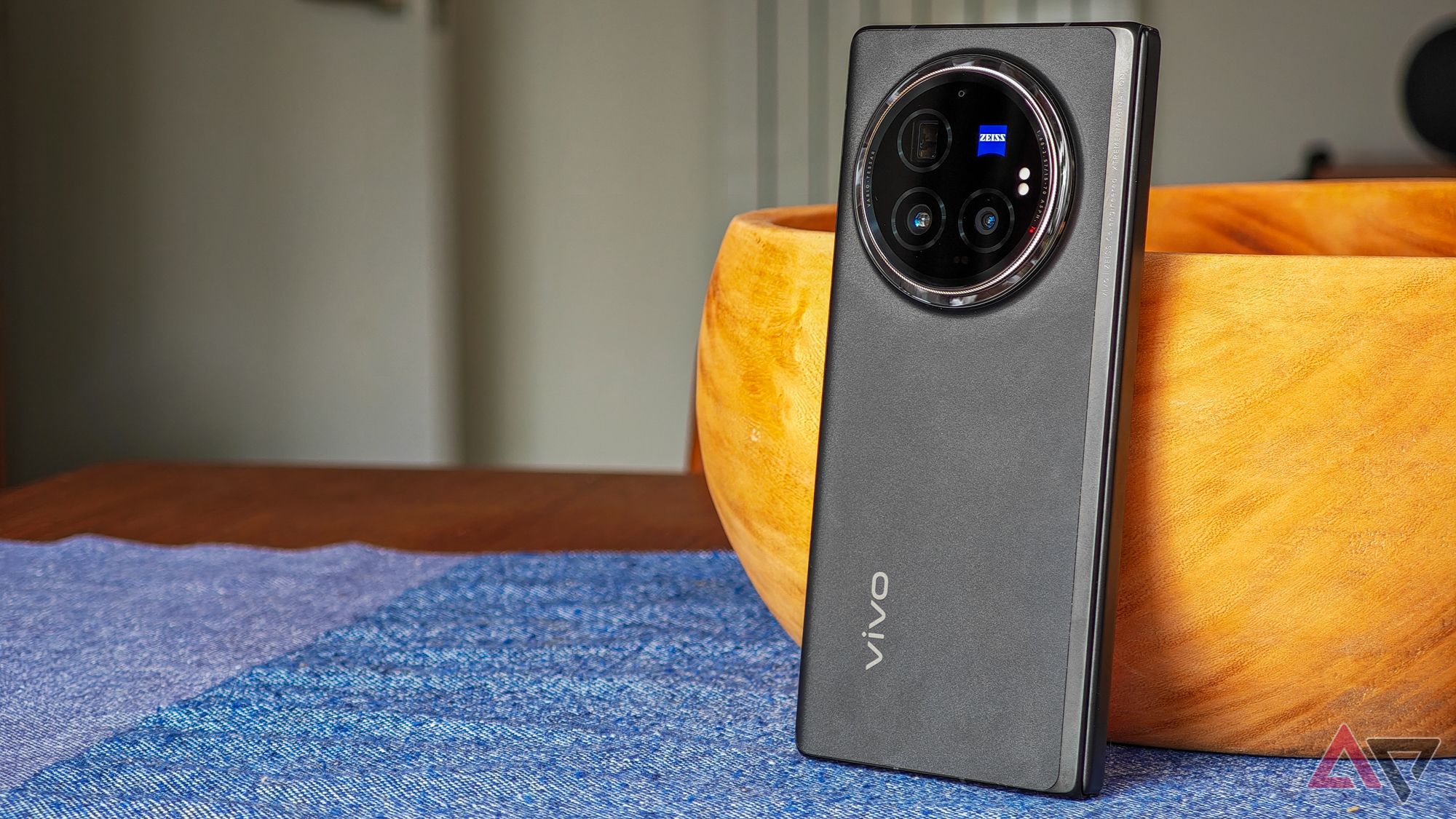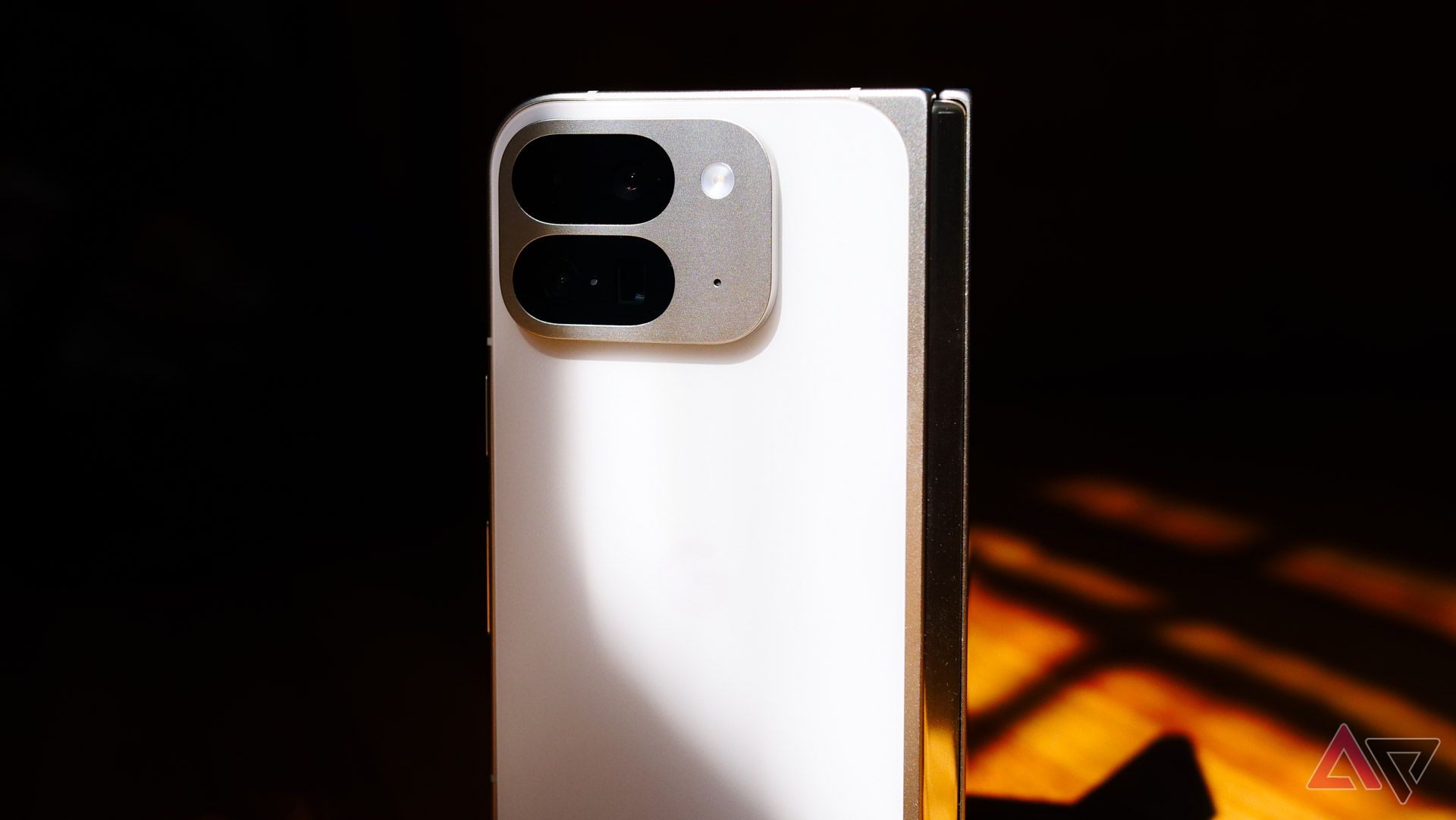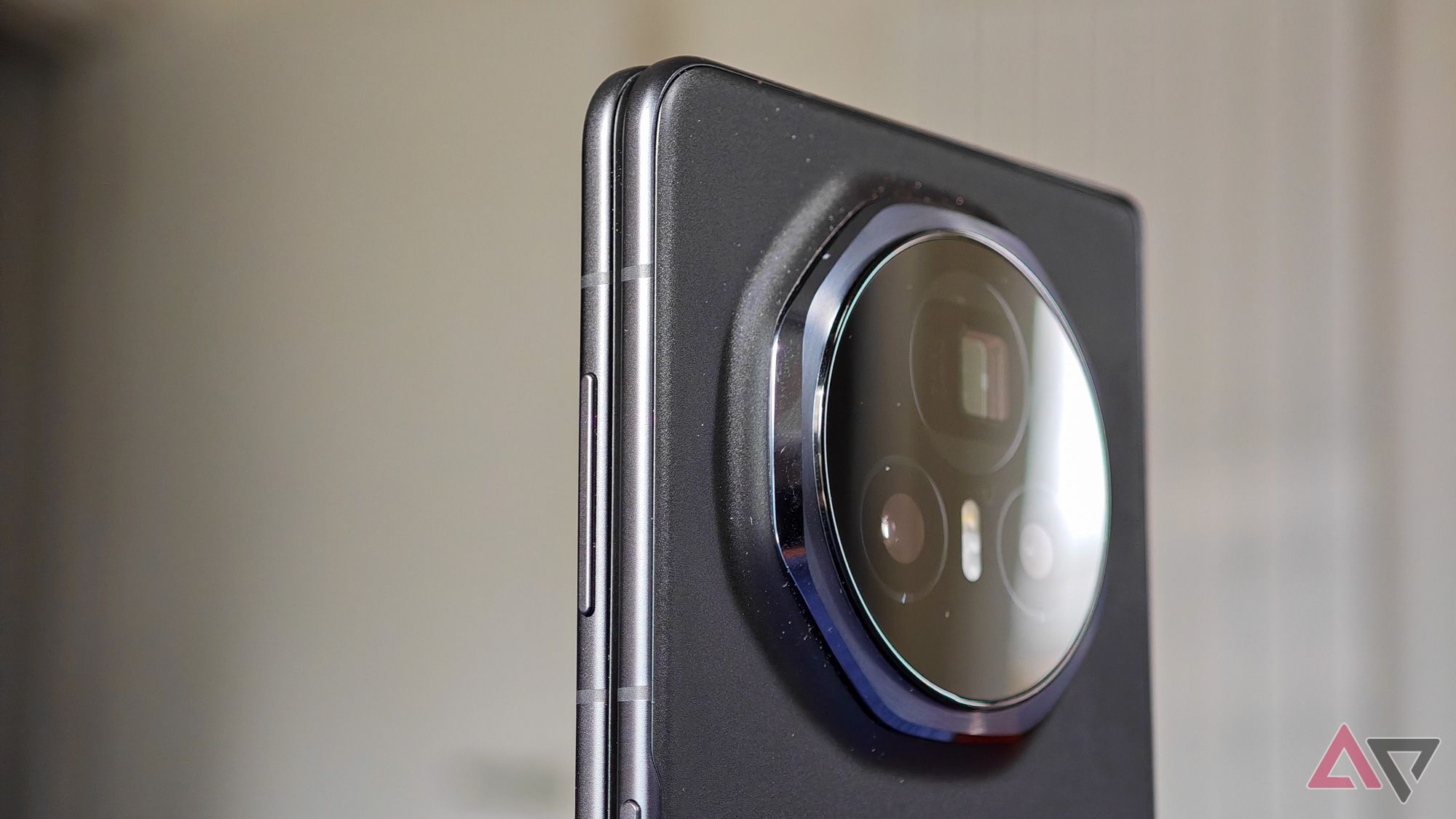I’ve spent the last two weeks using the Honor Magic V3, just given its official international launch at IFA 2024, and it’s been enough time to convince me of one thing: foldable phones don’t need to get any thinner than this.
At just 9.2mm thick, the Magic V3 is the thinnest foldable phone yet, and it honestly does feel like a bit of an engineering marvel. It’s 0.3mm thinner than the next closest, Xiaomi’s Mix Fold 4. Google’s impressively slim Pixel 9 Pro Fold is more than a millimeter thicker at 10.5mm, and the Samsung Galaxy Z Fold 6 and OnePlus Open feel like bricks by comparison.
More importantly, the Magic V3 is no thicker than the high-end slab phones a prospective buyer in Europe or Asia might compare it to. It’s less than a millimeter thicker than either the Pixel 9 Pro XL or Galaxy S24 Ultra, and is a few grams lighter than the Samsung phone too. That extra depth is hardly enough to notice, and for all practical purposes, this is essentially the same size as a standard slab when you’ve got it folded shut.
That makes this the first book-style foldable I’ve ever used that genuinely feels like a regular phone – one that just happens to open up. There’s no excessive weight or bulk in my pocket, no uncomfortable heft in the hand, no real sense that this is anything other than a great phone much like any other. It’s simply better, because it also packs the option to flip the screen open when I want to multitask, stream video, or dig into a long reading session.
When you consider that the Magic V3 is still structured like two phones stapled together, it’s an astonishing feat of engineering to get the hardware this slender. That’s all the more true when you look at the rest of the spec sheet: the V3 still packs a Snapdragon 8 Gen 3, 66W charging, and a generous 5,150mAh battery that comfortably lasts me a full day, though heavy use of the larger screen does drive it down. Honor hasn’t really skimped to slim this thing down.
There’s an imposing triple camera array on the phone’s back, with 50MP main and telephoto lenses and a 40MP ultrawide, which understandably juts out of the slender body somewhat. Photos aren’t bad at all, and will certainly best shots from Samsung’s latest foldable, but the gap between this and Honor’s own Magic 6 Pro camera is clear. Like it or not, picking the foldable means a compromise on the camera.
It helps that both displays are great. Honor has invested heavily in its screen tech over the past few years, and with bright, 120Hz, LTPO OLED panels both inside and outside, Android always looks great whether you stick to the standard screen or open up to the larger tablet-esque view.
The company has also doubled down on its efforts to reduce any eye damage caused by staring at its screens, this year introducing new ‘AI Defocus’ tech that the company claims will help prevent transient myopia – a.k.a. Temporary nearsightedness. I feel the same way about this as I do Honor’s older Circadian rhythm and dynamic dimming additions: it sounds great on paper, and I really hope it works, but as a reviewer I have absolutely no way of telling how much difference it makes.
Foldables or flagships?
A tale of two approaches
Last month I sung the praises of Vivo’s X Fold 3 Pro for being the first foldable phone to feel truly flagship. That’s a slightly chunkier device, but one that makes up for that girth with a remarkable spec sheet, including cameras that could rival most traditional flagship phones. At the time I celebrated Vivo’s choice to let the X Fold 3 Pro run a little thicker than other foldables in return for refusing to give up ground elsewhere, an uncompromised and uncompromising flagship phone.
I’ll let you in on a little secret: the Magic V3 arrived while I was putting the finishing touches to that piece, and I began to doubt my own argument. The Magic’s hand feel is so impressive, so immediately appealing, that I wondered if I would make that swap and stick to a slimmer phone, even if meant settling for cameras that are merely great, rather than extraordinary.
Eventually, I decided that photography is enough of a priority for me that the Vivo would be more likely to earn my SIM card in the long haul, but it’s a close-run thing – and I think that plenty of people out there would go the other way and be all the happier for it.
I know my colleague Will has been similarly wowed by the Pixel 9 Pro Fold’s slender build, calling it “slim enough to forget it’s a foldable,” and Honor might take some comfort knowing that they share their strategy with Google. Both have prioritized staying skinny, and in the process allowed their camera hardware to lag a little behind their slab phone siblings – take out the telephoto and the 9 Pro Fold actually has worse cameras than the regular Pixel 9, less than half its price.
Google’s latest foldable might hurt the case for buying the Honor Magic V3 more than any other, at least outside of China. It’s easy enough to argue why a prospective buyer might take the slimlined Honor phone over a comparatively chunky Galaxy Z Fold 6, but when the 9 Pro Fold is only 1.3mm thicker than the Honor and comes with exclusive Pixel features, the reassurance of a big-name brand, and Google’s guarantee of seven years of Android updates, the comparison gets trickier. Of course, that’s why Honor’s priced the phone to undercut Google in Europe, giving prospective buyers one extra reason to ditch the big G.
There’s more to life than being thin
Time to lay off the Ozempic
For the first decade or so of the smartphone, thinner meant better, and manufacturers raced to shave off millimetres and grams wherever they could. That made sense to a point, but eventually momentum swung the other way: phones got thin enough, and consumers made it clear that big batteries and capable cameras were more likely to tempt them into a purchase. Samsung’s flagships reached their thinnest with 2015’s Galaxy S6 – a mere 6.8mm thick! – and have never been as slim again since.
I think foldable phones just hit that same inflection point, or will do soon enough. When the Magic V3 and Pixel 9 Pro Fold are basically as thin as the slab phone alternatives, there’s no sense in going slimmer, and those R&D dollars are doomed to diminishing returns.
Instead we need foldable phones that pack the same cameras as their slab siblings, that last just as long on a single charge (yes, even when you use the big display all day), that have enough cooling to run hard and deliver the same gaming frame rates and productivity performance. The next generation of foldable phones will be judged not by the millimeter, but by the megapixel or the milliamp-hour.
Thanks to Honor, foldables are just as thin as other flagships. Now it’s time for them to keep up everywhere else.
Source link





